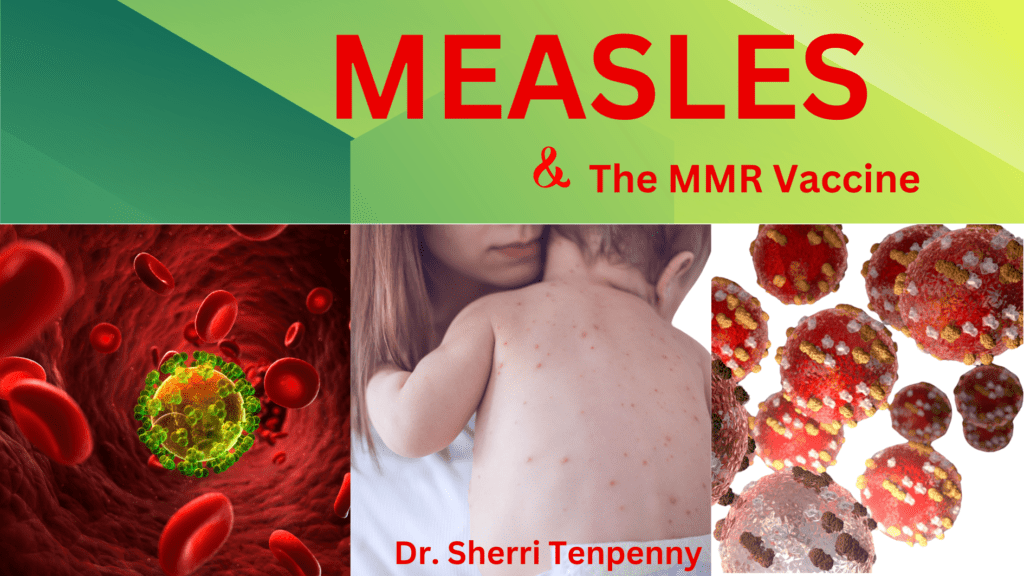Measles
The first symptoms of measles occur after a 10- to 14-day incubation period that follows wild measles virus exposure from a measles-infected person. A systematic review estimated the median incubation period to be 12.5 days.
The prodromal stage – looks like any other common respiratory infection: onset of fever, malaise, conjunctivitis, runny nose, and cough
and lasts 2 to 4 days. The temperature rises over the next 4 days and may reach as high as 40.6°C. (105F) Sometimes, a blue-white plaque can appear on the inside cheek near the molars. This is called a Koplik spot, and is believed to be the classic sign of a measles infection. The Koplik spots are believed to occur in greater than 70%of measles patients.
The measles rash, which is a flat red rash, starts about 14 days after exposure and spreads from the face down the trunk to the extremities.
Notably, it can blanch with pressure. During the next 3 to 4 days, the rash fades in the order of its appearance and assumes a non-blanching
brownish appearance.
The most common complication is ear infection, pneumonia and diarrhea. Brain encephalitis – called SSPE – is thought to be rare and occur primarily in children who are Vitamin A deficient – and I would add children who are Vitamin D and iodine deficit are also at risk.
Now that you understand the illness, come on in and let’s discuss the history, the vaccine ingredients and the vaccine side effects. You may be surprised at what you learn.


